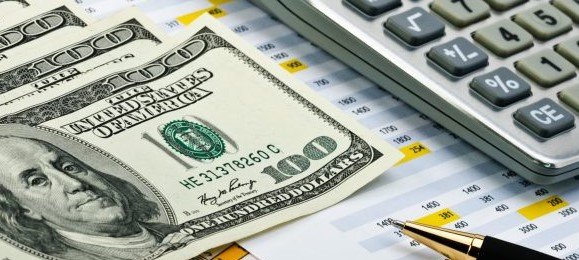As tax time rolls around, many people look forward to getting a tax refund. Their first thought is often, “how can we spend it?” This year consider saving your refund instead of spending it. Over 30 percent of Americans have no savings at all and another 30 percent have less than $1,000 in a savings account.
Aside from retirement savings, it’s wise to have an emergency fund for unexpected expenses such as major car repairs, replacing an appliance, fixing a leaky roof, or paying for an unplanned trip. While most people have access to credit cards, saving money means not adding to personal debt. Research by WalletHub and NerdWallet, both online personal finance websites, estimates that the average American has between $5,777 and $15,654 in credit card debt. While these numbers represent a wide variance in the amount of credit card debt, averaging the two estimates still comes to over $10,000.
One of the most common mistakes households make is not having a budget. Many people think a budget is restrictive, but in reality it gives you power and control over your finances. It’s far better to control your money than to have it control you.
Start by reviewing spending for the past three months. Online bank and credit card statements are readily available and will give you the overview you need. It isn’t necessary to account for every single penny, but find out where the majority of your spending is concentrated. Use online budgeting tools or use your phone’s calculator along with paper and pencil.
Once you have a handle on your monthly spending, determine your total income; don’t include overtime hours or other income that fluctuates month-to-month. Set up categories for fixed living expenses such as rent or mortgage, utilities, insurance, etc. Add living expenses that vary such as groceries and gasoline. Add a section for debt such as credit cards, personal loans, car loans, and student loans.
Review spending for flexible living expenses and miscellaneous items that fall into the “want” rather than “need” column. You may be surprised what you’re spending in these categories. Making changes in miscellaneous spending may give you the money to begin a savings account.
To begin saving make short and long-term attainable goals. For example, save $2,500 as a short-term emergency fund to take care of those unexpected, one-time expenses. Increase your short-term savings to $5,000, $7,500, or whatever amount will give you peace of mind.
Long-term savings goals can be to pay off your mortgage, buy a new car, or accumulate three to six month’s salary in case of unemployment. This obviously takes time, but using a tax refund can push you in the right direction and help you avoid being a part of America’s debt statistics.
ORT provides personal and business financial services that can help maximize your tax return and start you on your way to financial security.








Leave A Comment